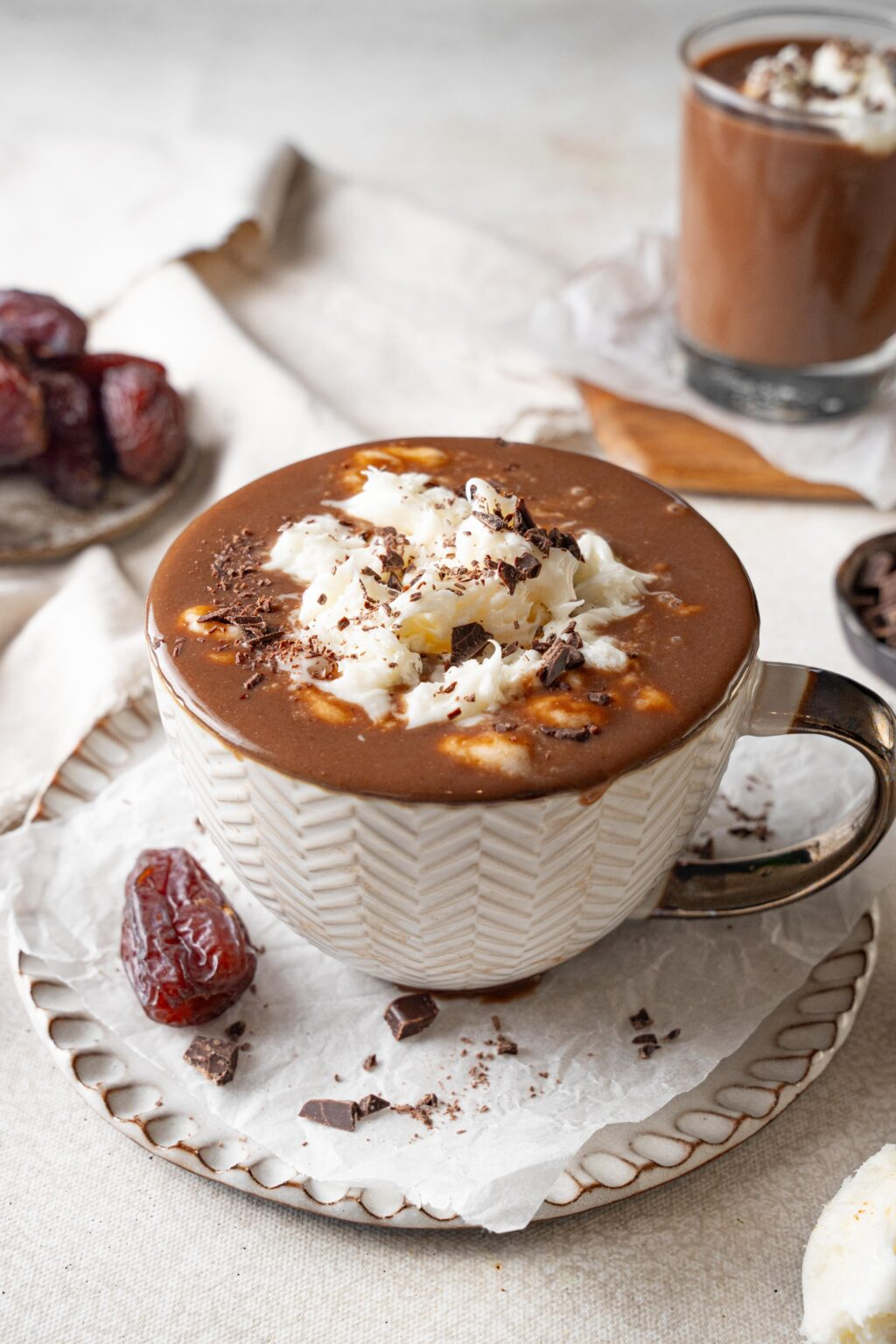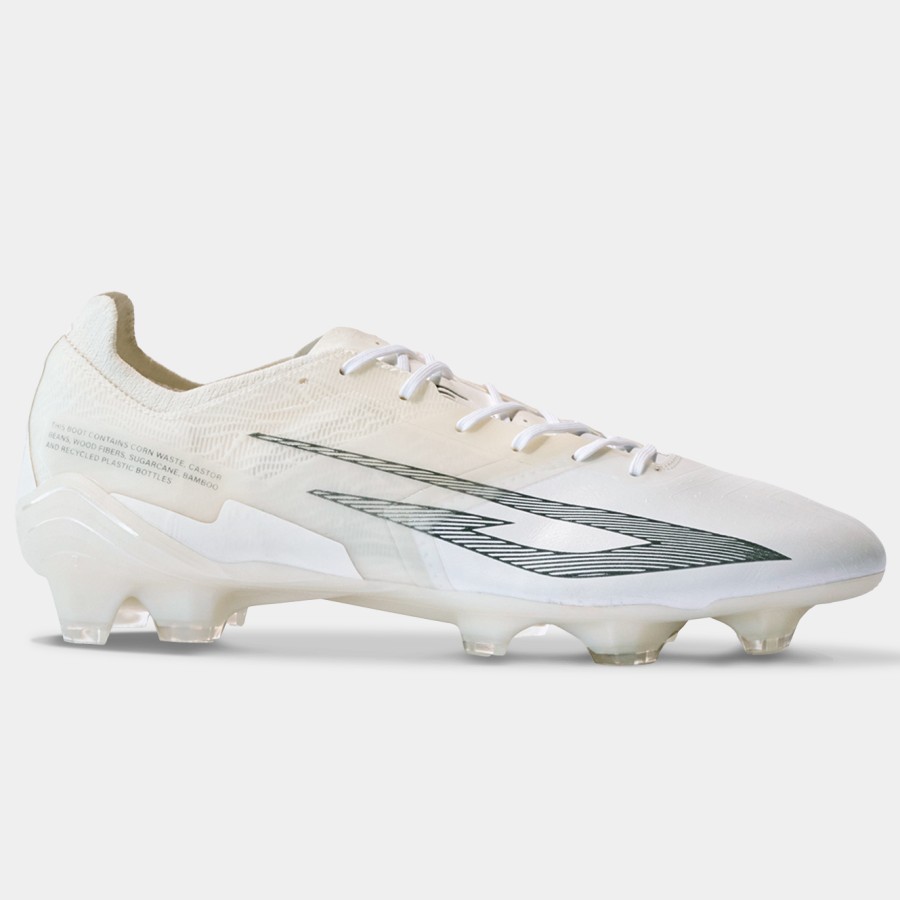ROK Manual Coffee Makers (from London)

Fresh espresso without plugs or noise feels like a little daily win. ROK Manual Coffee Makers deliver that feeling, using only hot water and ground coffee. No cables. No warm-up time. Just you, the machine, and a cup that tastes right.
Built in London since 2008, ROK is a hands-on tool for people who love coffee, not gimmicks. It suits home kitchens that value space and style, and it fits busy counters in cafés or hotel bars where speed and reliability matter.
NHS says that it’s best to avoid caffeine for pregnancy/nursing (or no more than 2 cups of weak tea daily – or 1 cup of mild coffee or cola). Also avoid caffeine for certain medical conditions.
Use a sink drainer to catch coffee grounds, then bin (caffeine may affect compost creatures). Same with tea leaves.
How to Brew Perfect Espresso

Good espresso starts with the basics. Fresh beans, the right grind, hot water, and a steady press. ROK makes the rest straightforward.
Step by step:
- Grind your coffee fine. Aim for a texture a little finer than table salt.
- Dose and tamp. Use the basket dose that suits your model, tamp level and firm.
- Heat water to about 90°C. Boiling water can scorch the coffee; a short wait after the boil helps.
- Preheat. Warm the portafilter and body with hot water for temperature stability.
- Load the basket and lock in. Set the machine over your cup.
- Raise the arms to draw water into the chamber, then press down slowly. Aim for a 25 to 35 second shot.
- Adjust pressure with your hands. A steadier press usually yields a sweeter, more even extraction.
Tips for better results:
- Use fresh beans and grind just before brewing. Stale coffee tastes flat.
- If the shot is sour and fast, grind finer. If it is bitter and slow, grind coarser.
- Keep water near 90°C. Too hot can taste harsh, too cool can taste weak.
- Preheat tools. Warm metal keeps your brew temperature stable.
- Try a short pre-infusion. Raise arms to wet the puck, pause a moment, then press.
Common mistakes and simple fixes:
- Spurting. Tamp more evenly and check for a level bed.
- Thin crema. Adjust grind finer and check freshness of beans.
- Inconsistent shots. Keep your press speed steady and repeatable.






